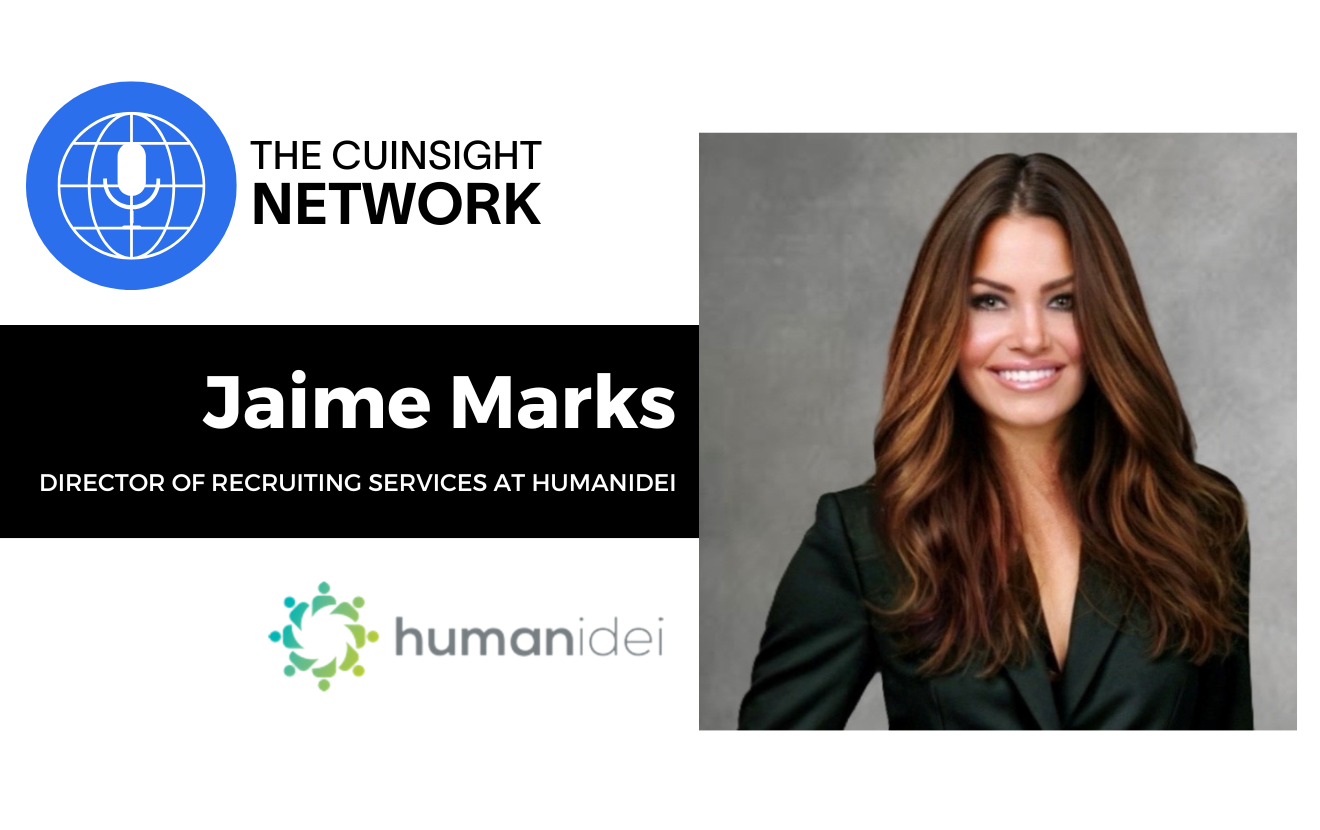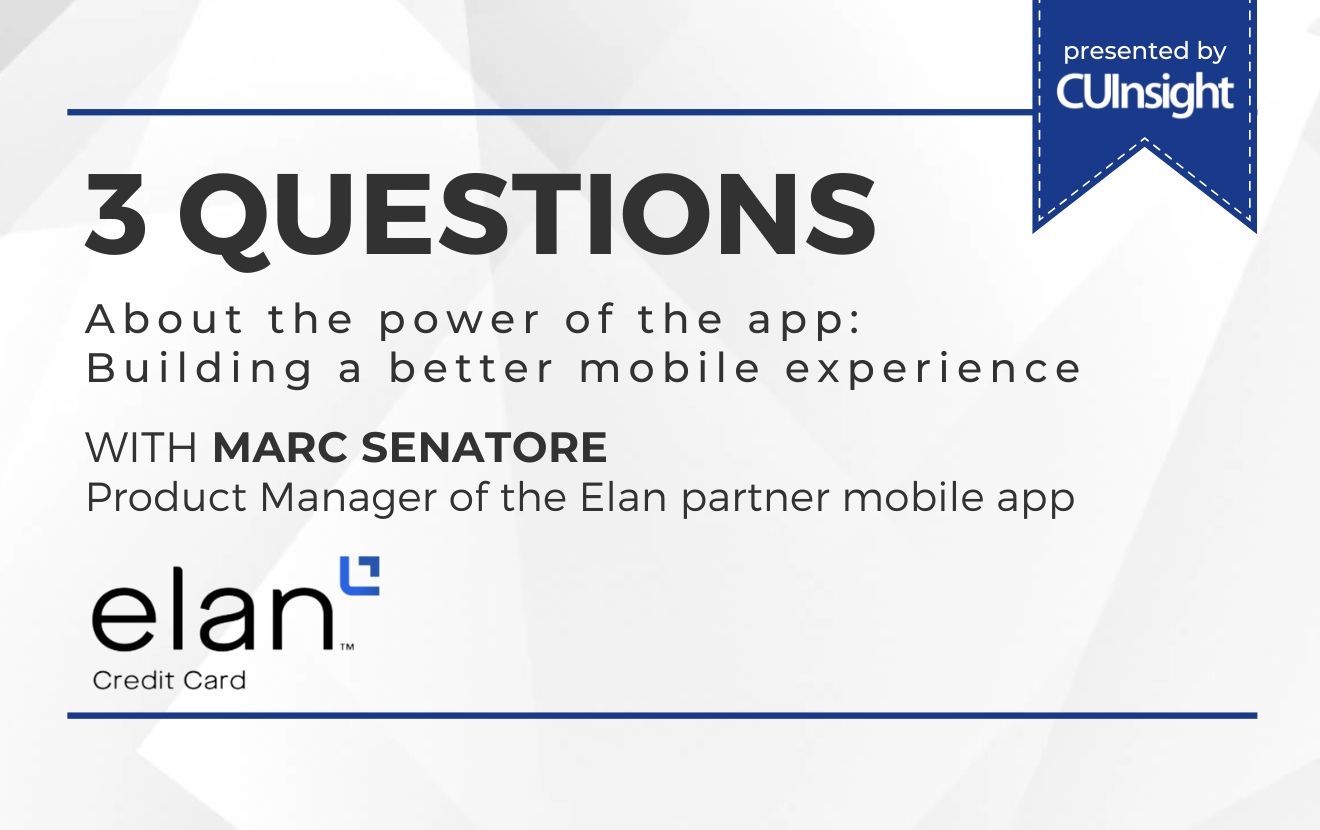by Hilary Reeves, CU Breakthrough
Election night is like Christmas morning for political reporters. For months, journalism professionals have eyed November 6 with all the anticipation of a child picking through an avalanche of presents. And while the election has come and gone (thankfully), reporters have enough polls, charts, graphs and commentary to keep them “playing” well into the New Year. Expect the electorate to be broken down every-which-way, including by age: how the Baby Boomers, Generation X-ers and Millennials voted, and why. It’s no shocker that both presidential candidates leaned heavily on digital and social media tools to influence young voters. It is shocking, however, how few credit unions fully utilize these simple measures to court a younger generation of members.
Sometimes called “Generation Y,” most Millennials have yet to hit 30 years of age. If you believe everything you read, the members of this generation are self-entitled know-it-alls. But take another look: today’s young adults have never known a world without computers, without instant access to anything they could ever want to know. They are paperless masters of personal electronics. They care deeply about reducing their impact on the environment. And, perhaps most importantly, they are ready and willing to turn their backs on injustice and publically challenge the status quo.
As a Millennial myself, I can tell you that an astounding number of my peers have left traditional banks in favor of credit unions. We like the fact that our money is in the community and that we aren’t buried in fees every month. Frankly, we like the personal attention and sense of ownership. (Mostly, we like sticking it to “the man.”) Credit union leaders should like the fact that many of us are young professionals starting families, looking for straightforward services such as mortgages and car loans. But as much as we want to use credit unions exclusively, we have needs, too. In an age of online banking, electronic statements, mobile applications and ATMs on every corner, some smaller credit unions can’t yet compete.
What Millennials want (and need)
I sent out a quick message asking a few of my personal friends living all over the country for their thoughts on banks versus credit unions, with interesting results. Here just a few of the responses I received:
“I haven’t jumped ship yet, but it’s on the agenda. The ability to use financial management software and online services like bill payment and money transfers are my primary requirement. I don’t send checks in the mail anymore. I can pay all my bills for the month in 10 minutes and see where everything is in a matter of seconds. Even with the state of the big banks, it’s hard to take a step back in personal productivity.”
“We have accounts at both a big bank and a credit union. The idea was for us to have our checking and savings in two different banks, which would reduce the temptation to just use the online banking service to move money from the savings to the checking just because we wanted to eat out. Plus, we were able to refinance our car loan through the credit union to get a decent interest rate.”
“Things I looked at before switching to a credit union were: online banking, partnering with big banks, e-statements, local branches and annual fees.”
Of the roughly two-dozen responses I received, three central themes emerged: digital communication, instant account access, and online presence and interaction. Here’s how to incorporate these ideas into your credit union’s mindset:
- Think paperless. Millennials want information, but how the information is offered matters greatly. Most have zero use for paper statements and will elect to go paperless if possible, with statements being sent directly to e-mail. Would your credit union save money on paper, printing and mailing costs? It’s worth looking into.
- Think mobile. Easier said then done, I know, but Millennials expect instant access to account information – wherever they are. We often don’t know exactly how much is in our checking accounts because many of us don’t have checks, much less balance our checkbooks. Some form of online banking is a must.
- Think social. Is your website attractive and user-friendly? Do you have an online social presence via Facebook or Twitter that your members can interact directly with? Do you communicate with members via e-mail? Millennials may think they know everything, but would in fact benefit greatly from any financial education resources and tips credit unions could pass along – as long as those tips don’t come in the mail!
I won’t sugar-coat it: some credit unions don’t yet have the ability to appeal to Millennials. Infrastructure and paperless conveniences take time and money to develop. Some credit unions are going above and beyond. But some credit unions that do have the means aren’t courting the young professionals so eager to take their money out of banks for good. Develop and streamline digital offerings, effectively market the credit union advantage and you will see a surge of new members tired of the big-bank run-around who want a stable and socially responsible place to store their money for decades to come.







